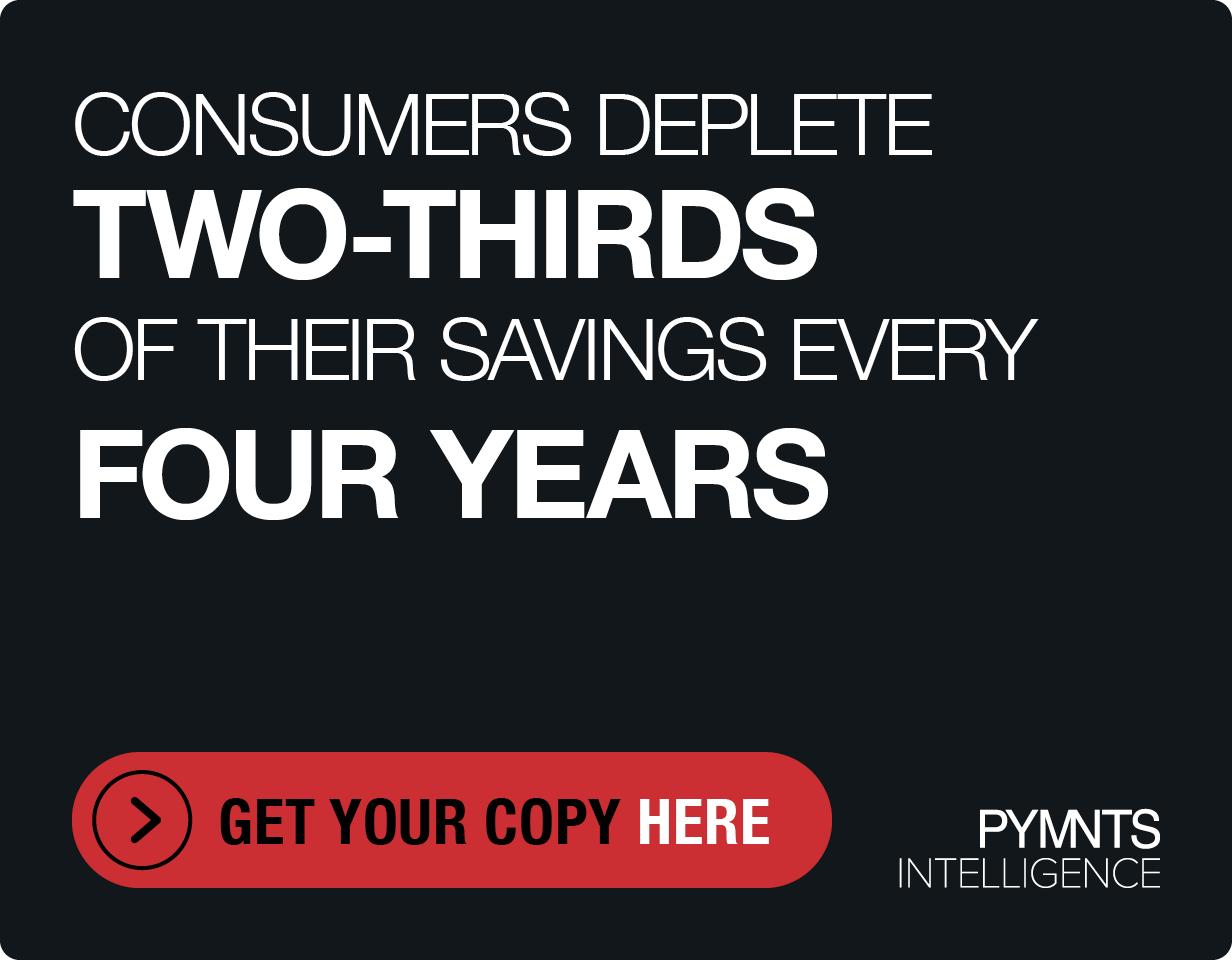NEA GP Liza Landsman: ‘It’s Coming Up Payments Everywhere’
For consumers’ payments and commerce behaviors, a year of hanging out at home and having to relocate almost everything to online has not been an entirely bad experience.
On the bright side, it has created an opportunity for consumers to experience different choices via growing digital ecosystems. But a fast shift is never an easy thing to do. It means that all of that new potential opportunity for consumer businesses out there has come with a heaping side-order of complexity and stress that will need managing for a long time to come.
“There is so much complexity in our daily lives these days that I think that the quest for simplicity and ease of use is going to be with us for a long time,” New Enterprise Associates (NEA) General Partner Liza Landsman told Karen Webster.
NEA is a venture capital fund that focuses on technology and healthcare. The quest for simplicity in those areas is a critical investment factor. As Landsman told Webster, NEA is seeing the connected economy accelerate, powered by payment capability that is embedded in the background more and more commonly across verticals. In healthcare, back-office technology, retail inventory management and other areas, embedded payments capabilities are adding value and reach for the firms that integrate them.
Embedded payments are being used by many of NEA’s clients. Think Starbucks, Landsman said, since the way it embeds payments into its mobile app is a useful way to visualize the concept. Every company that can incorporate payments into the experience risks falling behind the curve by ignoring them.
At this point, she said, “it’s coming up payments everywhere.” And where payments go, firms are seeing more cohesive, pleasant and secure experiences follow.
Embedding Payments Properly
The problem with payments isn’t that they don’t automatically add tremendous value and function for the firms that add them, Landsman said, as there are so many examples where they clearly do. The challenge is understanding from the outset that building payments capability is harder than flipping a switch and letting the transactional good times roll. It is a good deal more complicated than that, something many players don’t realize until they actually find themselves in the business of trying to manage a payments flow. If payments aren’t a company’s core business, which in the vast majority of cases they aren’t, the risk of failing from not understanding them is far from hypothetical.
“Never underestimate when you are the entity handling payment flow the potential for fraud to occur inside your system,” Landsman said. “The level of attractiveness of your business to bad actors when you are moving money goes up exponentially. And that may be a risk that you had not really thought about previously or not really hardened your system for or thought about structurally either from a staffing or an infrastructure perspective.”
There can also be a risk that when embedding payments, firms will overlook how high consumer expectations have become, she said. They’re looking for a process much harder than clicking a button and a biometric fingerprint scan to authenticate the transaction and keep it moving along smoothly.
The Growing Range
Small- to medium-sized businesses (SMBs) have historically been underserved by technologists because they are at base a very hard demographic to address given how fragmented and resistant to change that they can be, she said. But the pandemic has fundamentally changed the segment which is growing — and quickly.
“We’re now at an all-time high [of SMB formation],” Landsman said. “They’re growing at a faster rate than post the Great Recession. And this generation of small-business owners are much more likely to be digitally native. And so, we’re seeing huge ecosystems or large numbers of companies pop up to serve that ecosystem.”
What has become increasingly clear, no matter the size of the firm or the vertical it is playing in these days, is that the inherent trapped value and opportunity to access it creates entirely different business dynamics, she said. The plans for tapping into it vary.
Players seeking funding in healthcare tend to enter with more fully developed platforms with comprehensive solutions sets. FinTech players tend to start with more specific use cases with visions of expanding concentric circles and addressing an enterprise scale audience with the solution.
Beyond finding new ways to make it smoother, more secure and more convenient for customers themselves, she said, there isn’t a magical single path answer for leveraging payments into an expanding role in the connected economy.
“There’s a strong desire, whether you’re a consumer or a small business or middle market or enterprise to buy a solution instead of a tool,” she said. “And I think it’s a very powerful trend because we see a lot of great companies that have great technologies, but the correct first question to ask is almost always going to be, ‘So whose problem are you solving?’”
